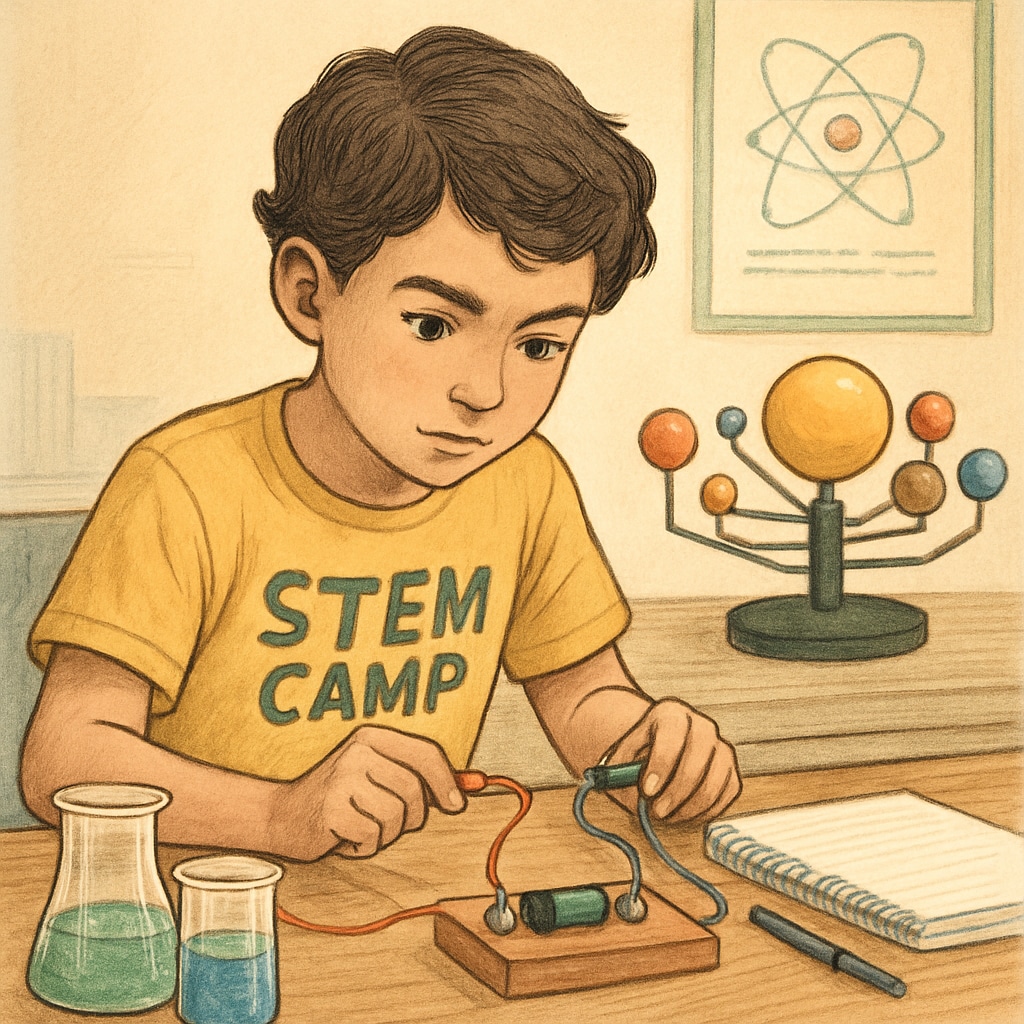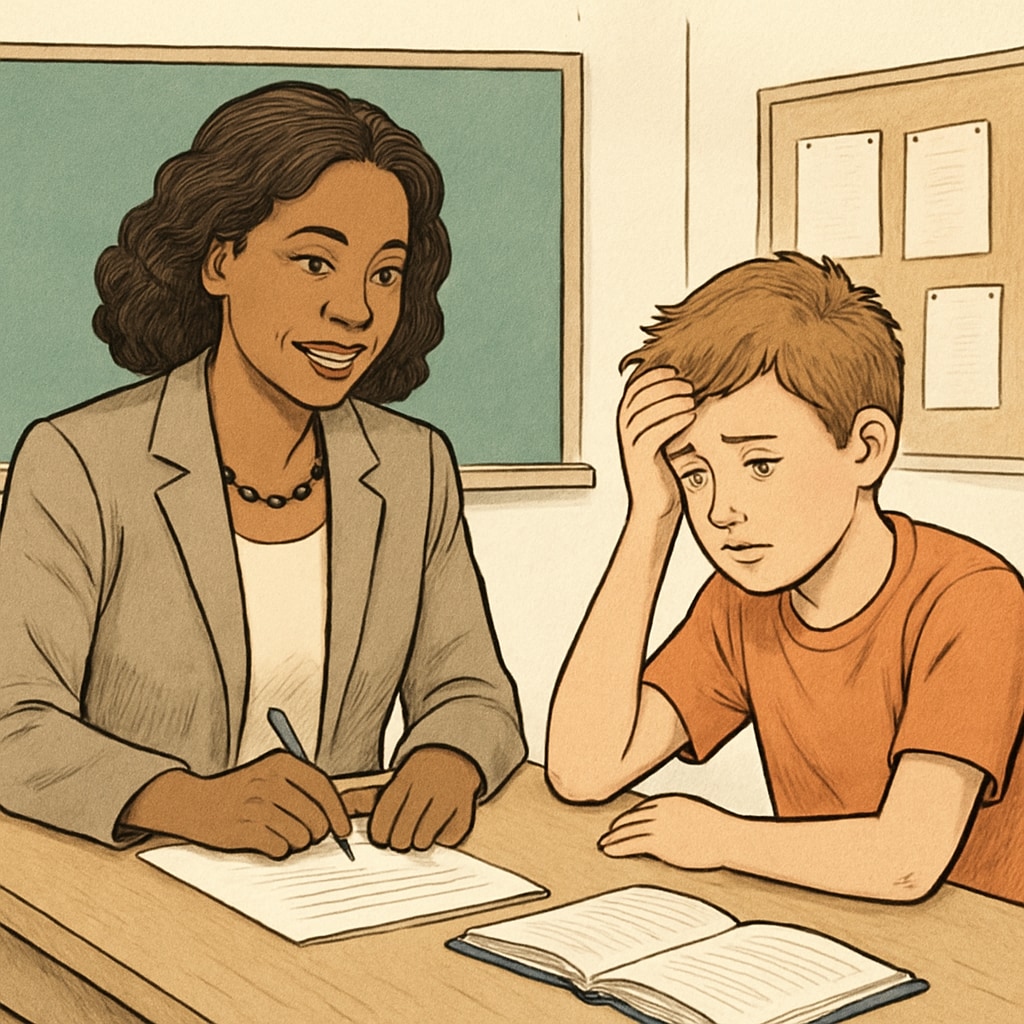When a young child excels in their studies, it’s natural for parents and educators to want to nurture their academic performance. However, striking the right balance between challenging a child’s abilities and overwhelming them can be tricky. Strategies such as grade skipping and leveraging appropriate educational resources can enhance their growth, but it’s essential to maintain a holistic approach to their development.
Identifying and Encouraging Academic Potential
The first step in supporting an academically gifted child is recognizing their potential. Teachers and parents should observe consistent patterns of advanced thinking, curiosity, or mastery of age-appropriate skills. Identifying these traits early allows for timely intervention and tailored opportunities.
- Encourage exploration: Provide access to diverse subjects, extracurricular activities, and creative outlets to spark interest beyond core school subjects.
- Engage with mentors: Connect children with educators or specialists who can guide their learning journey.
- Use enrichment programs: Consider enrolling the child in programs designed for gifted students, such as STEM camps or literary workshops.
By nurturing their curiosity, children can thrive in an environment that values both achievement and exploration.

Balancing Academic Challenges and Emotional Well-being
While grade skipping (advancing a student to a higher grade) can be an effective way to match academic rigor with intellectual ability, it’s not the only solution. Parents and educators should carefully assess the child’s emotional and social readiness before making such a decision. For example, a child who skips grades might face challenges forming friendships with older peers.
To ensure a balance:
- Encourage peer interaction: Allow them to connect with both age-matched and intellectually similar peers.
- Monitor stress levels: Keep an eye on signs of burnout or anxiety due to increased academic demands.
- Promote resilience: Equip children with coping skills to handle challenges and setbacks.
Grade skipping can be a valuable tool, but it works best when paired with emotional support and a focus on overall well-being.

Leveraging Educational Resources Effectively
Access to the right educational resources can make a significant difference in a gifted child’s academic journey. These resources can range from advanced textbooks and online courses to interactive tools such as educational apps and games.
Here are some ways to maximize these resources:
- Choose age-appropriate tools: Ensure that resources are challenging but not overwhelming.
- Involve the child in decision-making: Let them choose topics or tools that excite them.
- Combine traditional and modern methods: Use a mix of books, hands-on activities, and digital platforms for a well-rounded learning experience.
For instance, platforms like Khan Academy offer free courses tailored to different skill levels, while local libraries often host workshops for young learners. Such resources can significantly enrich a child’s intellectual experience.
Fostering Holistic Development
While academic success is important, it’s equally vital to nurture other aspects of a child’s growth. Emotional intelligence, physical health, and social skills all contribute to long-term success and happiness.
To achieve holistic development:
- Encourage hobbies: Support activities like sports, music, or art to help children unwind and develop diverse interests.
- Teach life skills: Incorporate lessons in time management, empathy, and teamwork.
- Celebrate achievements: Recognize both academic and non-academic milestones to boost confidence.
By focusing on the whole child, parents and educators can ensure that academic talent does not come at the expense of other crucial life skills.
In conclusion, supporting academically gifted elementary students requires a careful blend of academic challenges, emotional support, and access to diverse resources. By fostering an environment that values both achievement and overall well-being, parents and educators can help these young learners reach their full potential.
Readability guidance: Short paragraphs, bullet points, and strategic use of images ensure clarity. This structure helps parents and educators easily absorb actionable insights.


